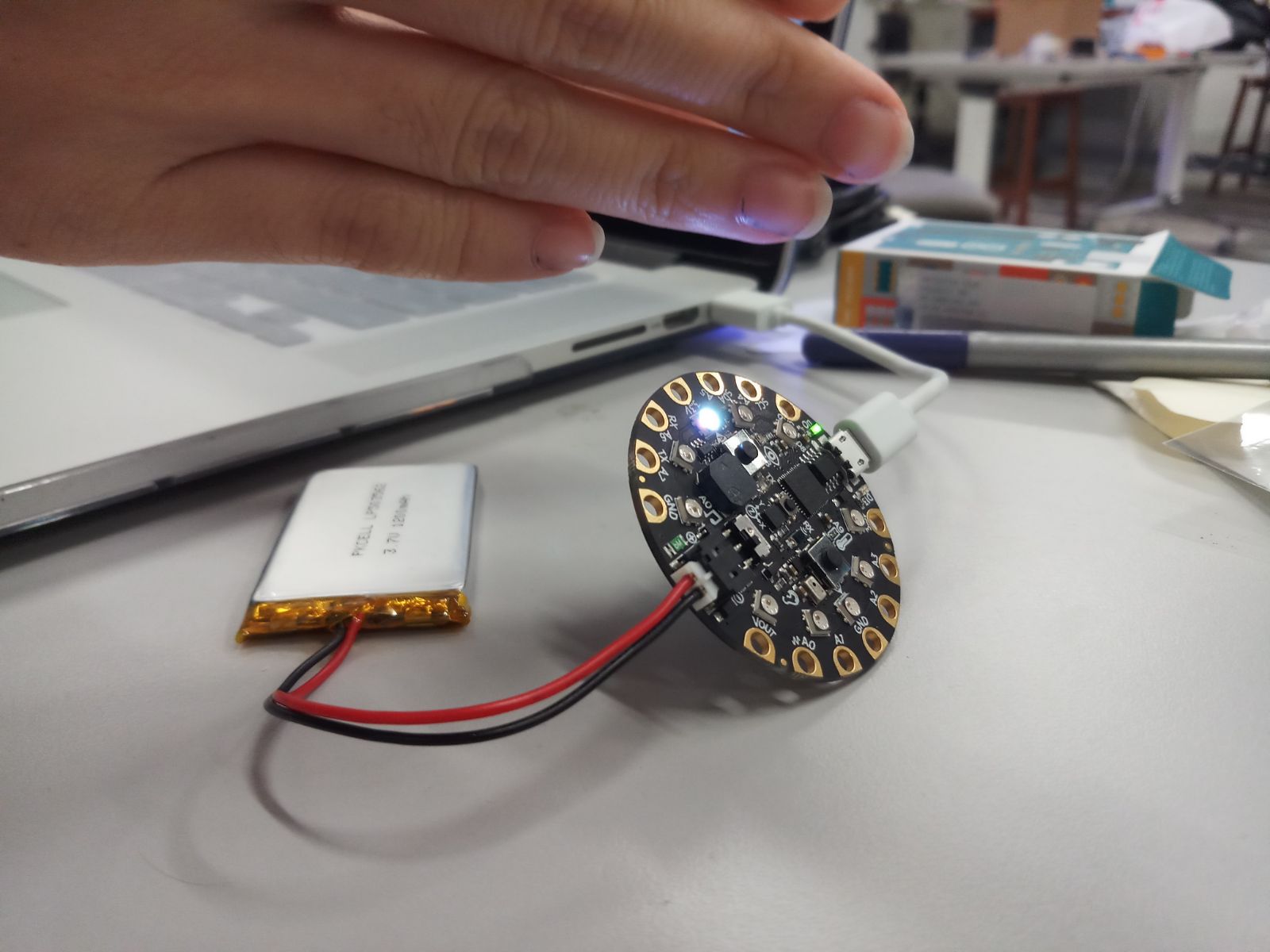First, what is surveillance?
Surveillance is the practice of the powerful monitoring people under their dominion, especially people who are suspects or prisoners – or today, simply citizens. The word derived from the French direct translated to “watching over“.
Steve Mann, the fellow who coined the term “sousveillance” which simply means “to watch from below”. The concept of sousveillance is whereby we shift the camera/surveillance to a much lower level.
Sousveillance has come to represent a challenge against the rising occurrence of digital surveillance and allows for a policing of the ‘police’.
This practice has become widespread and of course, it has implications on the society as well as on cultural issues.In one of Steve Mann’s essay, he writes,
“We now live in a society in which we have both ‘the few watching the many’ (surveillance), AND ‘the many watching the few’ (sousveillance).”
The practice of sousveillance has been fuelled by access to cameras in smartphones, meaning almost everyone in the western world has the tools to sousveil at arms reach wherever they go.
However, the act of capturing something takes away its freedom. Now that we live entirely in a world of recorded activities, where everything visible about us is being noted somewhere, what remains of our freedom? This is something for us to ponder upon.












Recent Comments